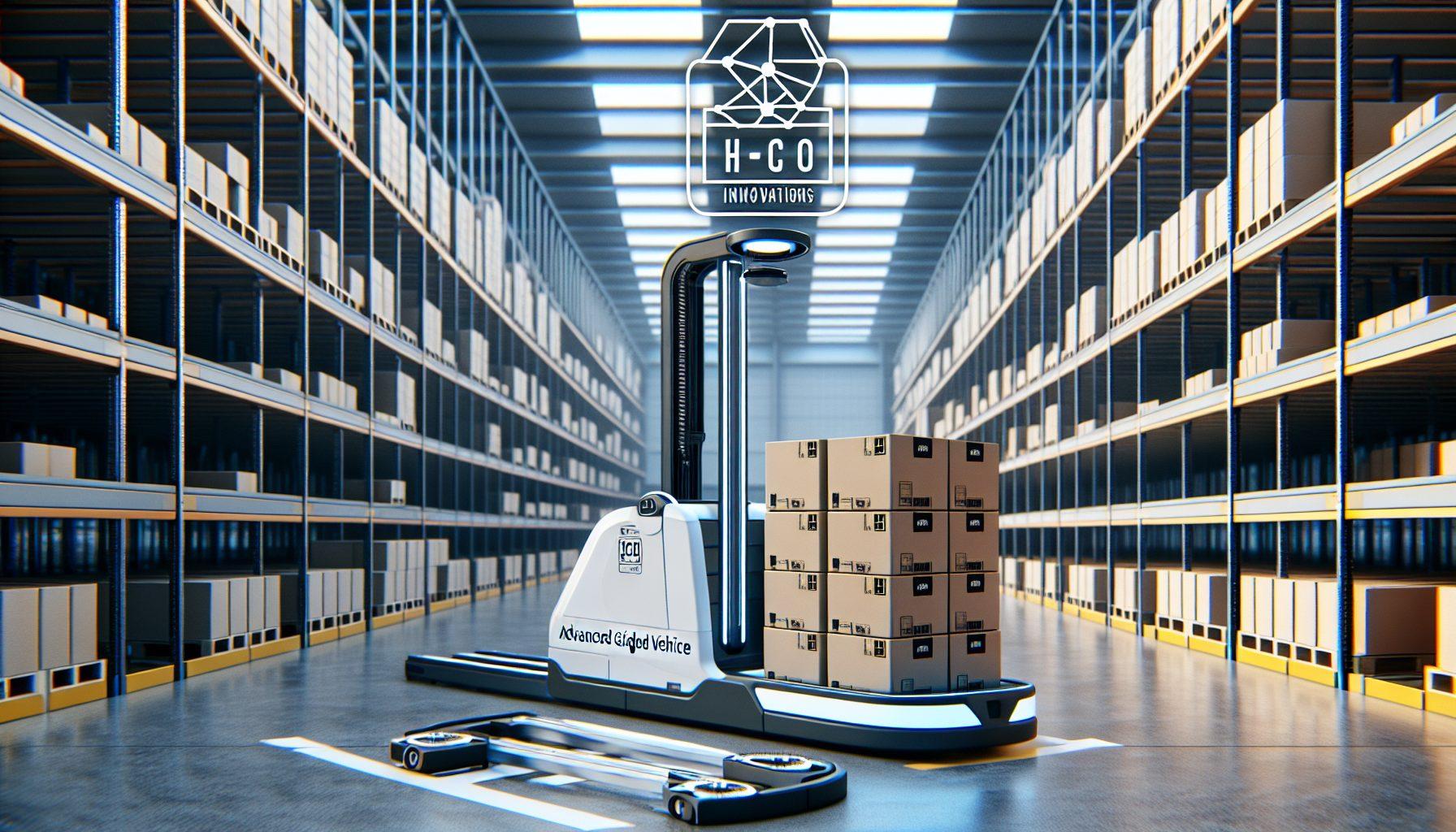The Role of AGVs in Reducing Warehouse Cycle Times
The Importance of Warehouse Cycle Times
In today’s fast-paced business environment, efficient warehouse operations play a crucial role in meeting customer demands and maximizing profitability. Warehouse cycle times, which refer to the time it takes for a product to move through the entire warehouse process, are a key metric in measuring operational efficiency. By reducing cycle times, companies can improve productivity, increase customer satisfaction, and gain a competitive edge in the market.
Introducing AGVs
One of the most significant advancements in warehouse optimization solutions is the use of Autonomous Guided Vehicles (AGVs). AGVs are robotic vehicles that are designed to operate without human intervention. They are equipped with advanced sensors, navigation systems, and control algorithms to perform a wide range of material handling tasks within the warehouse, including transporting goods, picking, and sorting.
AGV deployment offers numerous benefits for reducing warehouse cycle times:
Improved Efficiency and Productivity
AGVs can significantly improve efficiency and productivity within the warehouse. Unlike human workers, AGVs can operate around the clock without breaks, reducing downtime and increasing overall throughput. They can navigate through narrow aisles and tight spaces, optimizing the utilization of floor space. AGVs can also be programmed to take the most optimal routes, eliminating unnecessary detours and reducing travel time.
AGVs can work in sync with other automated systems, such as conveyor belts and automated storage and retrieval systems (AS/RS), to streamline the warehouse process. They can seamlessly integrate with existing warehouse management systems (WMS) for real-time data exchange, enabling accurate inventory tracking and efficient order fulfillment.
Enhanced Safety
Safety is a top priority in any warehouse environment. AGVs are designed with various safety features to minimize the risk of accidents and injuries. These features include built-in sensors that can detect obstacles and humans in their vicinity, allowing them to slow down or change their path to avoid collisions.
Furthermore, AGVs eliminate the need for manual material handling tasks, which are often physically demanding and prone to injuries. By automating these tasks, AGVs reduce the risk of repetitive stress injuries and alleviate the burden on warehouse workers, allowing them to focus on more value-added activities.
Flexibility and Scalability
AGVs offer flexibility and scalability for warehouses of all sizes. They can be easily programmed and reprogrammed to adapt to changing operational needs. This enables warehouses to quickly adjust their workflows based on fluctuating demand patterns or shifting priorities.
Furthermore, AGVs can be seamlessly integrated into existing warehouse operations without significant disruption. They can work alongside human workers, complementing their skills and freeing them up to focus on more complex tasks. AGVs can also be added or removed from the fleet as needed, allowing warehouses to scale their operations according to business growth.
Cost-effectiveness
While the initial investment in AGVs may seem significant, they offer long-term cost advantages. AGVs can operate continuously, reducing the need for overtime or additional shifts. They require minimal maintenance compared to traditional forklifts or other manual material handling equipment. Additionally, AGVs can optimize storage density, leading to better space utilization and potentially reducing the need for warehouse expansions.
With their ability to optimize efficiency, enhance safety, provide flexibility, and offer cost-effectiveness, AGVs are revolutionizing warehouse operations across industries. Companies that embrace AGV deployment are gaining a competitive advantage by reducing warehouse cycle times and improving overall operational efficiency.
At HCO Innovations, we specialize in warehouse optimization solutions and AGV deployment. Visit our website to learn more about how our innovative solutions can help your business streamline operations, improve productivity, and reduce warehouse cycle times. Contact us today to discuss your specific requirements and explore the possibilities of AGV implementation in your warehouse.

